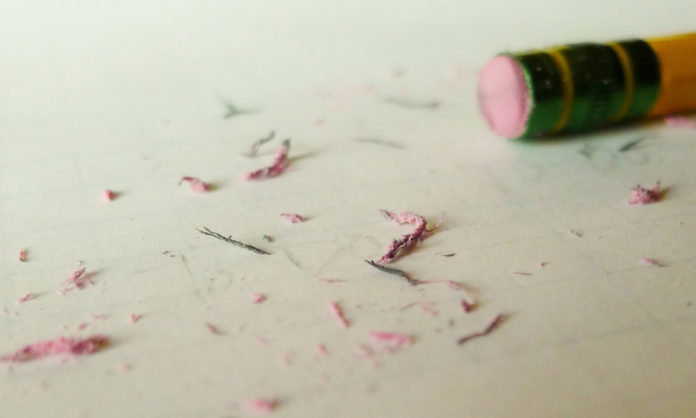
In a guest post on Jane Friedman’s blog, Amy Bernstein suggests a road map for getting past your first draft. “Contemplating what comes after you’ve completed the first draft of a novel is a lot like getting lost in Vermont,” she writes. “The journey up to now has been beautiful and inspiring, but at some point, you have to admit that you have no idea where you’re going or if you’ll ever find your way back home.”
Writers often get stuck after the first draft, because they don’t know how to improve on it. However, it’s normal to feel directionless at the start of your revision process, Bernstein says. Some famous writers may take only a few weeks to write a first draft, and then months or years to revise. So how can you start?
Bernstein says we need to ask the right questions and focus on the basics. “This effort begins by focusing on five critical aspects found in most novels,” she writes. “A writer who systematically and honestly checks in on how each aspect functions in her novel—and identifies where rewrites and revisions are needed scene by scene to make these elements work better and harder in service to the story—is on the way to structuring a better draft.”
She suggests these five building blocks:
- Your protagonist must be complex and have agency for action.
- The stakes should be clearly defined, unique to each characters, and create tension and conflict.
- Your first revision should identify the essential scenes and flag scenes that can be cut, as well as areas that require expanding or new writing.
- Your pacing should vary throughout the novel.
- Your worldbuilding should be consistently applied and described.
“While these five building blocks are not definitive, any writer struggling to figure out what to do with their completed first draft needs to start fresh somewhere,” Bernstein says. “This checklist will, at the very least, send you out along new byways, where you will make fresh discoveries about what you’re trying to say.”











